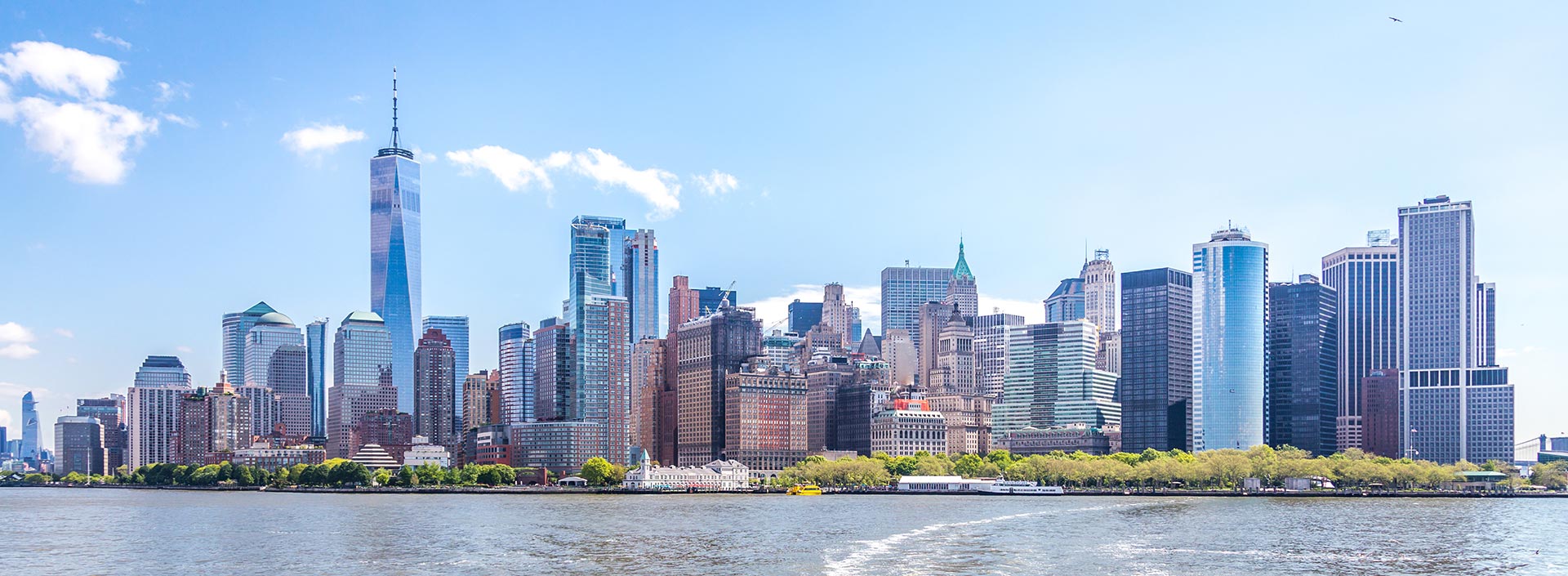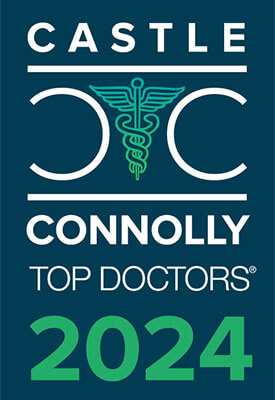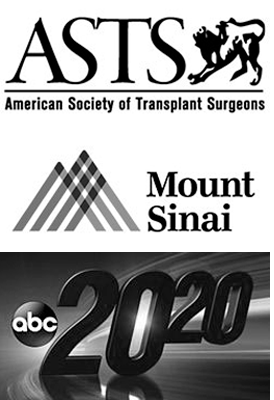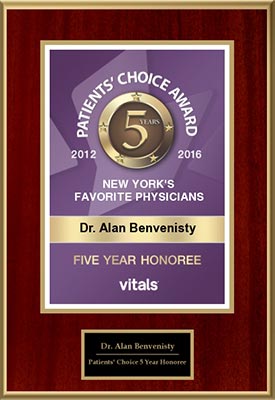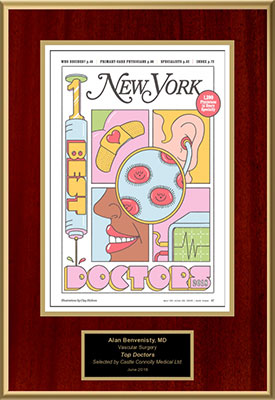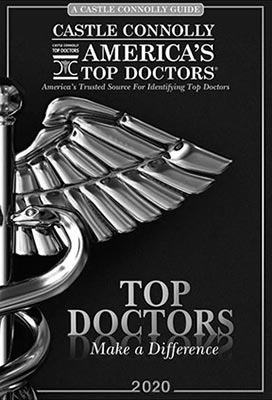Open and Endovascular AAA Repair: When Each Is Used

An abdominal aortic aneurysm (AAA) is a potentially life-threatening condition that occurs when the lower part of the aorta—your body’s main blood vessel—becomes weakened and bulges. If left untreated, it can rupture, leading to severe internal bleeding and, in many cases, death. At the Manhattan-based practice of Dr. Alan Benvenisty, MD, a board-certified vascular and endovascular surgeon, patients receive expert guidance on the most appropriate treatment for AAA: open surgical repair or endovascular aneurysm repair (EVAR).
Understanding the difference between these two procedures—and when each is recommended—is critical for patients facing this diagnosis.
What Is an AAA and Why Is Repair Necessary?
The aorta is responsible for delivering blood from the heart to the rest of the body. When a segment of the abdominal aorta weakens and bulges out, that’s called an abdominal aortic aneurysm. AAAs often develop silently and are usually found through routine imaging or during evaluations for unrelated symptoms.
The U.S. Preventive Services Task Force recommends one-time screening for AAA in men aged 65 to 75 who have ever smoked. According to the CDC, approximately 9,000 people die each year in the U.S. due to ruptured aortic aneurysms. When the aneurysm reaches 5.5 cm in diameter or is growing rapidly, repair is generally recommended to prevent rupture.
Endovascular Aneurysm Repair (EVAR)
EVAR is a minimally invasive procedure that uses small incisions in the groin to guide a stent-graft through the blood vessels to the site of the aneurysm. Once in place, the graft reinforces the weakened section of the aorta and helps prevent rupture.
When EVAR is used:
- The aneurysm has suitable anatomy for stent placement (enough healthy aorta above and below the aneurysm).
- The patient has other health conditions that make open surgery riskier.
- A shorter recovery time is desired.
Benefits of EVAR include:
- Smaller incisions
- Less blood loss
- Lower risk of immediate complications
- Shorter hospital stays (often 1–2 days)
- Faster return to normal activity
EVAR is now the most commonly performed AAA repair in the U.S., particularly in urban medical centers like New York City, where patients often seek the least invasive option with the fastest recovery.
Open Surgical Repair
Open AAA repair involves a larger incision in the abdomen to access the aorta directly. The surgeon clamps the artery above and below the aneurysm, removes the damaged portion, and sews in a synthetic graft.
When open surgery is used:
- The aneurysm has complex anatomy that makes EVAR unsafe or impossible.
- The patient is relatively healthy and can tolerate a longer recovery.
- There is infection or leakage following a previous EVAR.
Long-term durability is prioritized, as open repair has less need for follow-up imaging and re-intervention.
Open surgery remains the gold standard for certain cases, especially in younger patients or when precise control is needed. At Dr. Benvenisty’s practice, patients receive an honest evaluation of their risk factors and anatomy to determine if open repair offers a safer, more lasting solution.
Combining Surgical Expertise with Patient-Centered Care
Dr. Alan Benvenisty is recognized across NYC for his conservative, patient-first approach—only recommending surgical intervention when it’s truly necessary. He’s among a small group of vascular specialists proficient in both open and endovascular AAA repair, which enables him to tailor treatment based on what’s best for each individual, rather than just what’s most convenient or common.
His practice stands out in the crowded NYC medical landscape by prioritizing informed decision-making, surgical precision, and long-term outcomes.
Take the Next Step
If you’ve been diagnosed with an abdominal aortic aneurysm—or have risk factors such as smoking history, high blood pressure, or family history—schedule a consultation with Dr. Alan Benvenisty to explore your options. Whether EVAR or open repair is the right path, you’ll receive expert care in the heart of Manhattan from a surgeon who puts your health and future first.
Posted on behalf of
440 West 114th St, Second Floor
New York, NY 10025
Phone: (212) 523-4706
Monday & Friday 9:00 AM – 5:00 PM

